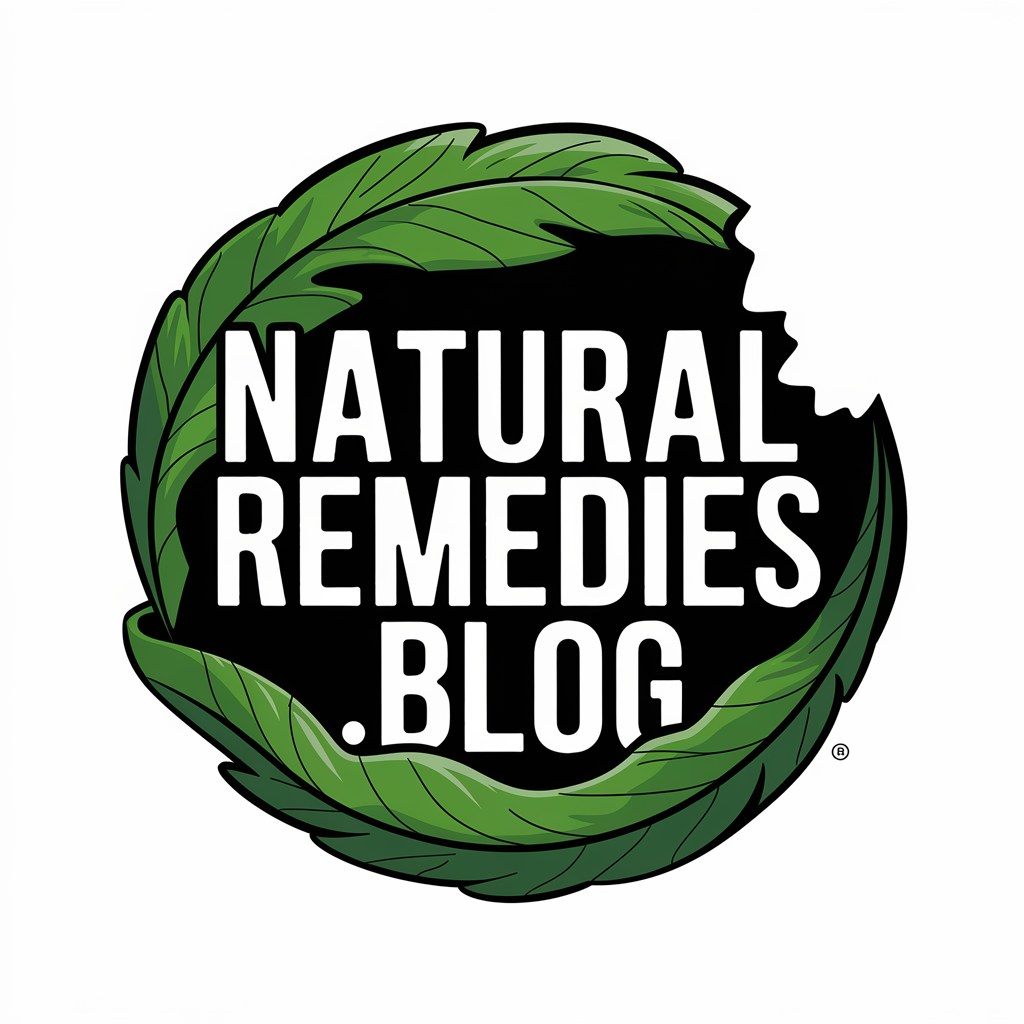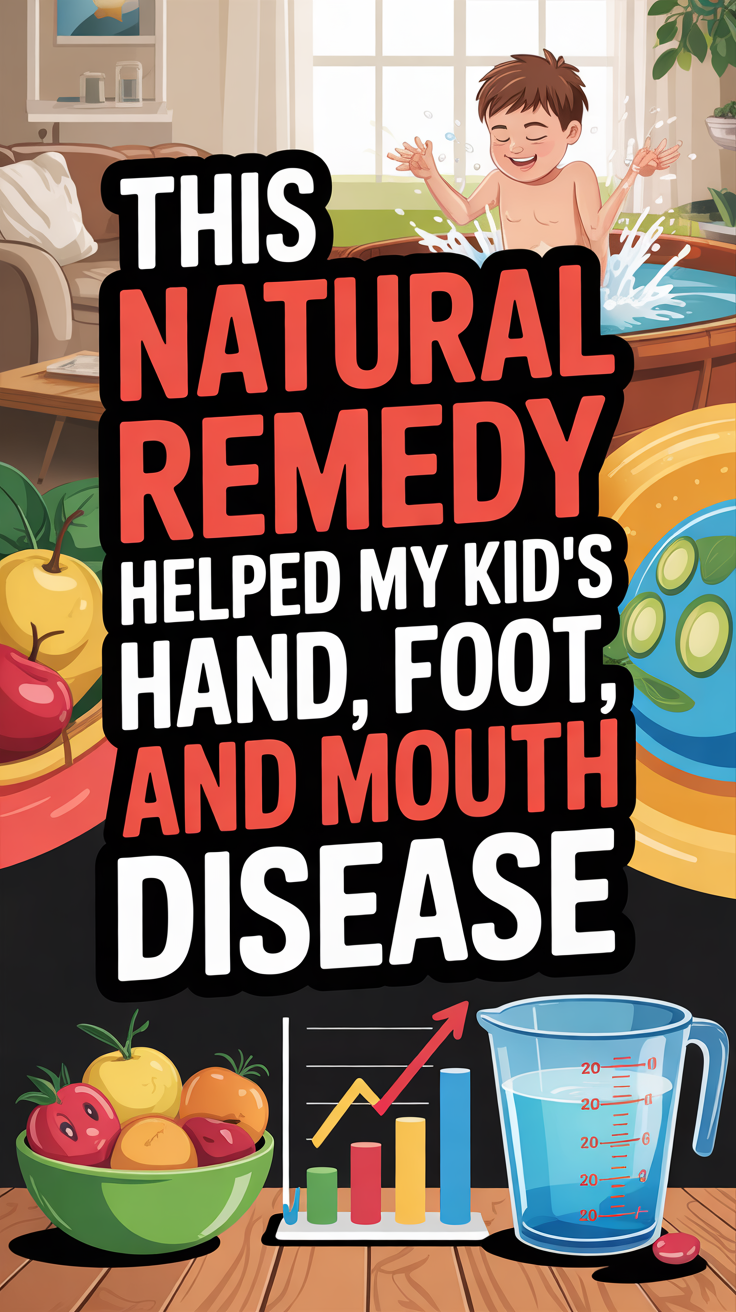This Natural Remedy Helped My Kid’s Hand, Foot, and Mouth Disease
If your kid’s dealing with hand, foot, and mouth disease, natural remedies can help ease their discomfort. Ingredients like lavender oil soothe, while tea tree oil offers antiviral support. You can prepare coconut water ice cubes for hydration and rinse their mouth with warm saltwater. Look for signs of recovery like reduced fever and fading rashes. Keeping up with hygiene and offering soft foods helps too. Find out more ways to support your child’s healing journey.
Understanding Hand, Foot, and Mouth Disease
Have you ever wondered what causes hand, foot, and mouth disease (HFMD) and how it spreads?
HFMD is mainly caused by the coxsackievirus A16 and spreads rapidly through airborne droplets, direct contact with infected individuals, or contaminated surfaces. It most often affects infants and children under five, particularly during warmer months. HFMD is highly contagious and can quickly spread in schools and day care centers. Symptoms include fever, mouth sores, and a blister-like rash on hands and feet. While HFMD usually resolves within a week, using effective hand foot and mouth disease remedies can help relieve discomfort. Understanding the disease’s nature can guide your approach in managing it effectively. Additionally, implementing proper hygiene practices can significantly reduce the risk of transmission.
The Key Ingredients of the Remedy
When managing hand, foot, and mouth disease (HFMD), incorporating key ingredients into your remedy can make a significant difference.
Essential oils like lavender and tea tree oil are vital for their soothing and antiviral properties, respectively. Additionally, using natural remedies can provide essential relief during this time.
Coconut water aids hydration, while diluted fruit juices offer gentle relief. It is important to remember that HFMD is a highly contagious viral infection and should be managed carefully to prevent spreading.
Topical agents such as coconut oil and Epsom salt baths help heal rashes and reduce inflammation. Furthermore, ginger root tea and elderberry syrup boost immunity and support recovery.
Finally, consider homeopathic remedies like Rhus toxicodendron under professional guidance for added symptom relief. These ingredients can effectively alleviate the symptoms of HFMD in your child.
How to Prepare and Apply the Remedy
Start by freezing fresh, unsweetened coconut water in ice cube trays for soothing, chewable relief. Serve 1-2 cubes every 2-3 hours, ensuring younger kids use a mesh feeder to avoid choking. Additionally, handwashing is crucial to prevent the virus from spreading, so encourage children to wash their hands frequently after eating and playing, as natural remedies can help support the body’s healing process.
Prepare a saline rinse by mixing ½ tsp salt in 1 cup warm water, swish post-meals to disinfect.
For baths, add 1-2 cups of Epsom salt to lukewarm water and soak for 10-15 minutes.
Lastly, use cold-pressed coconut oil for oil pulling if your child is over two, enhancing oral health naturally.
Observing Positive Changes
What positive changes can you expect during the recovery from hand, foot, and mouth disease (HFMD)?
As your child begins to heal, you’ll notice a decrease in fever and discomfort from mouth sores. Within 7 to 10 days, the rashes on their hands and feet will likely fade, signaling that the worst is over. Most children recover without long-term effects, so you can be reassured. Additionally, the immune response triggered by the infection may provide some specific immunity moving forward. Regular hydration and easy-to-eat foods can enhance recovery, helping your child regain their energy and appetite. Furthermore, it’s important to remember that HFMD is primarily caused by coxackievirus A16, which highlights the need for proper hygiene to prevent transmission.
Tips for Ongoing Care and Prevention
Ongoing care and prevention are crucial in managing hand, foot, and mouth disease (HFMD) and protecting your child from potential re-infection.
Start with frequent handwashing, especially after contact with bodily fluids. Disinfect high-touch surfaces like doorknobs and toys often. Isolate your child until they’ve been fever-free for at least 24 hours and mouth sores are under control. During outbreaks, avoid crowded places.
Offer soft, cool foods and electrolyte-rich fluids to soothe mouth pain and prevent dehydration, as these measures can help manage pain better. It’s also important to note that HFMD is highly contagious, making good hygiene practices essential to prevent spreading the disease.
Lastly, keep personal items separate, and wash bedding and towels frequently to minimize virus risks. These strategies can help ensure a smoother recovery.








